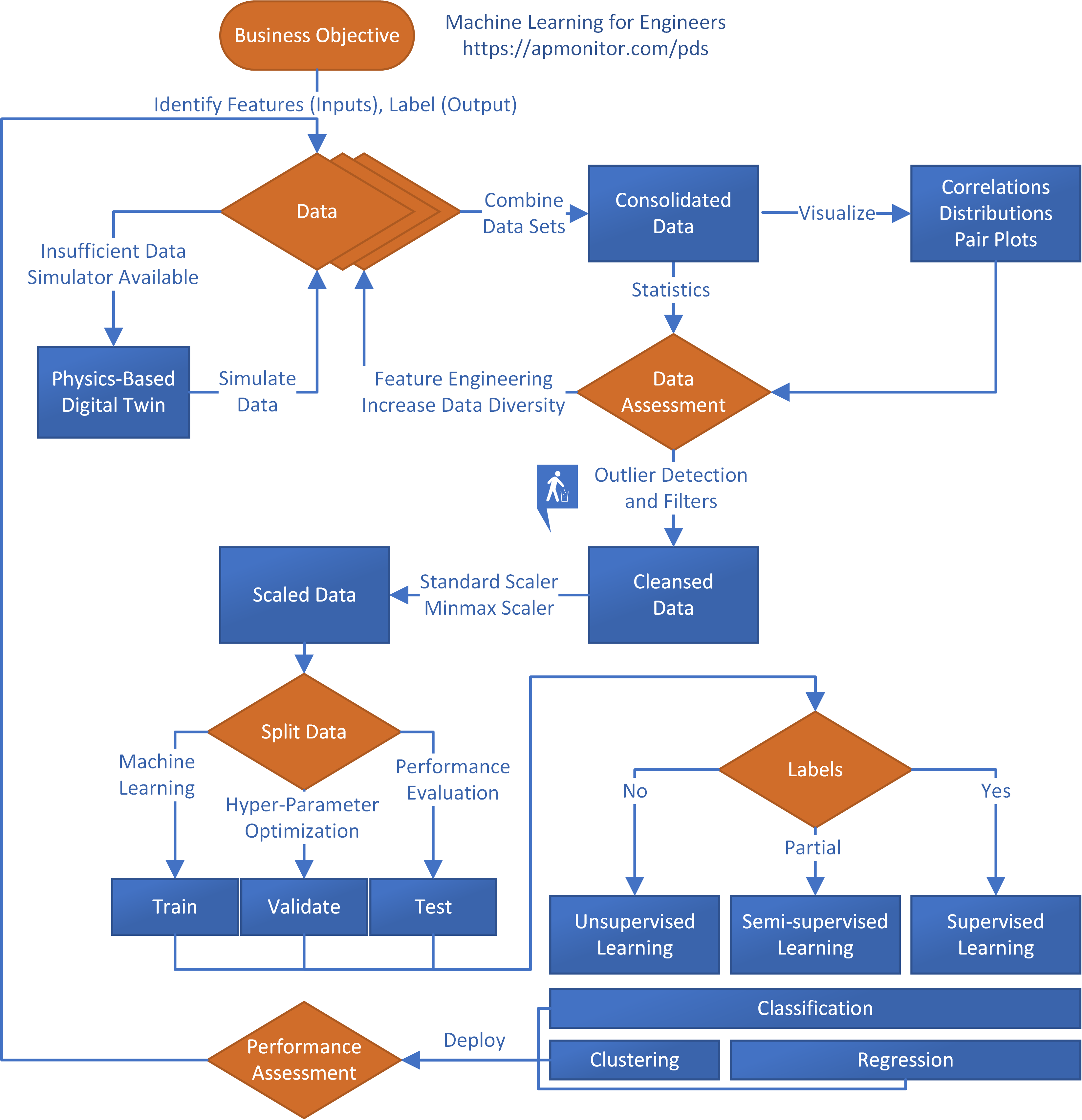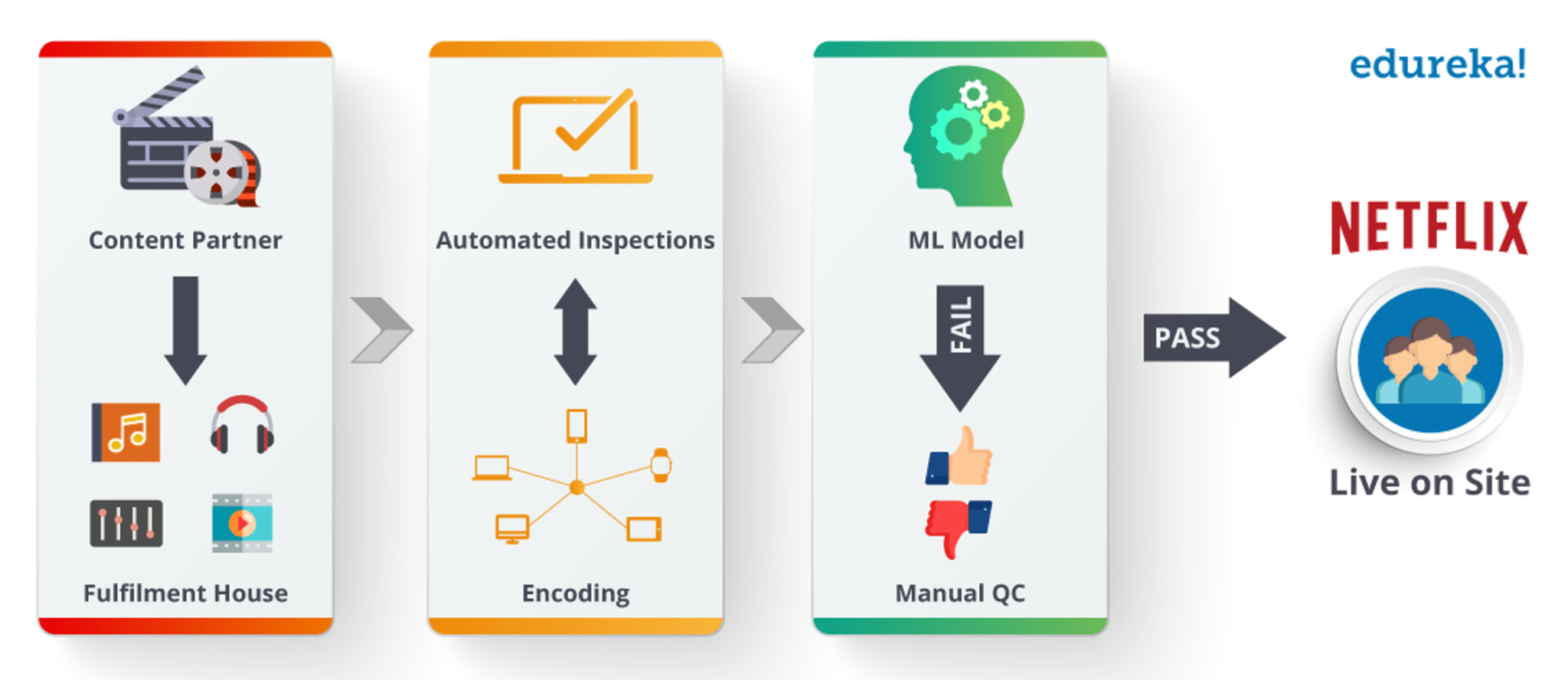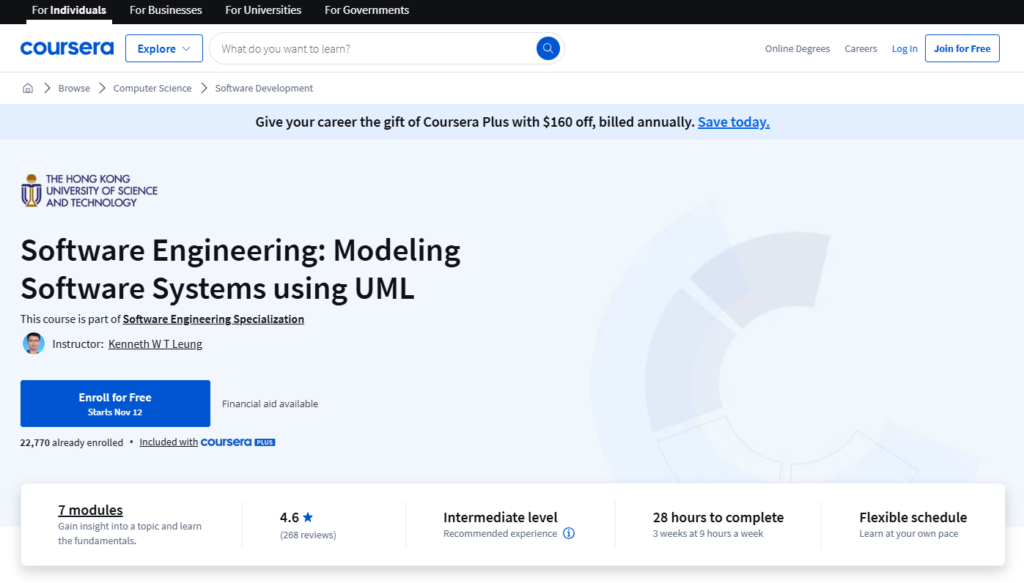All Categories
Featured
Table of Contents
- – 19 Machine Learning Bootcamps & Classes To Kno...
- – The Best Guide To Machine Learning Crash Course
- – Some Known Details About Machine Learning/ai ...
- – The smart Trick of Software Engineer Wants To...
- – The Basic Principles Of New Course: Genai Fo...
- – A Biased View of Professional Ml Engineer Ce...
- – More About How To Become A Machine Learning ...
Some people assume that that's dishonesty. Well, that's my entire profession. If someone else did it, I'm mosting likely to use what that person did. The lesson is putting that apart. I'm forcing myself to believe with the feasible solutions. It's even more regarding eating the material and attempting to apply those ideas and much less regarding finding a collection that does the work or searching for somebody else that coded it.
Dig a little bit deeper in the mathematics at the start, so I can build that structure. Santiago: Ultimately, lesson number 7. This is a quote. It says "You have to recognize every information of a formula if you intend to use it." And after that I state, "I believe this is bullshit advice." I do not think that you have to comprehend the nuts and bolts of every formula prior to you utilize it.
I have actually been making use of semantic networks for the longest time. I do have a feeling of how the gradient descent works. I can not discuss it to you right currently. I would have to go and inspect back to really get a much better instinct. That doesn't imply that I can not fix things utilizing neural networks, right? (29:05) Santiago: Trying to force people to assume "Well, you're not going to succeed unless you can discuss each and every single information of how this functions." It goes back to our sorting instance I believe that's simply bullshit guidance.
As an engineer, I have actually dealt with numerous, several systems and I have actually utilized many, many points that I do not comprehend the nuts and bolts of exactly how it works, although I understand the influence that they have. That's the last lesson on that thread. Alexey: The funny point is when I think of all these libraries like Scikit-Learn the formulas they utilize inside to execute, for example, logistic regression or another thing, are not the very same as the algorithms we study in artificial intelligence courses.
19 Machine Learning Bootcamps & Classes To Know Fundamentals Explained
Also if we attempted to discover to obtain all these essentials of maker understanding, at the end, the formulas that these collections make use of are different. ? (30:22) Santiago: Yeah, absolutely. I believe we require a lot more materialism in the industry. Make a lot more of an effect. Or concentrating on providing value and a bit much less of purism.

I normally speak to those that desire to work in the sector that want to have their effect there. I do not risk to speak concerning that since I do not understand.
Right there outside, in the industry, materialism goes a long method for certain. Santiago: There you go, yeah. Alexey: It is a good motivational speech.
The Best Guide To Machine Learning Crash Course
One of the things I desired to ask you. Initially, allow's cover a couple of things. Alexey: Allow's begin with core devices and structures that you require to learn to in fact shift.
I recognize Java. I recognize how to use Git. Possibly I know Docker.
Santiago: Yeah, absolutely. I assume, number one, you should start finding out a little bit of Python. Because you currently recognize Java, I do not assume it's going to be a significant change for you.
Not due to the fact that Python coincides as Java, yet in a week, you're gon na get a great deal of the distinctions there. You're gon na have the ability to make some progress. That's number one. (33:47) Santiago: After that you obtain certain core devices that are going to be utilized throughout your whole job.
Some Known Details About Machine Learning/ai Engineer
That's a library on Pandas for data manipulation. And Matplotlib and Seaborn and Plotly. Those three, or one of those three, for charting and displaying graphics. After that you get SciKit Learn for the collection of machine understanding algorithms. Those are tools that you're going to have to be making use of. I do not suggest simply going and learning more about them out of the blue.
We can speak about certain courses later on. Take one of those training courses that are going to start presenting you to some problems and to some core concepts of equipment learning. Santiago: There is a course in Kaggle which is an introduction. I do not remember the name, yet if you most likely to Kaggle, they have tutorials there absolutely free.
What's great concerning it is that the only need for you is to understand Python. They're mosting likely to offer a problem and inform you just how to utilize decision trees to address that certain issue. I assume that procedure is incredibly effective, since you go from no device discovering history, to understanding what the issue is and why you can not solve it with what you know today, which is straight software application engineering methods.
The smart Trick of Software Engineer Wants To Learn Ml That Nobody is Talking About
On the various other hand, ML engineers specialize in structure and releasing artificial intelligence versions. They focus on training designs with information to make predictions or automate jobs. While there is overlap, AI engineers handle more diverse AI applications, while ML engineers have a narrower concentrate on artificial intelligence formulas and their useful execution.

Equipment learning engineers focus on creating and deploying equipment learning models right into manufacturing systems. On the various other hand, data scientists have a more comprehensive function that includes data collection, cleansing, expedition, and structure designs.
As organizations progressively adopt AI and maker understanding modern technologies, the need for knowledgeable specialists grows. Device discovering engineers work on innovative jobs, contribute to advancement, and have competitive salaries.
ML is fundamentally different from standard software development as it concentrates on training computer systems to learn from information, as opposed to shows explicit rules that are executed methodically. Uncertainty of outcomes: You are most likely used to creating code with predictable outputs, whether your feature runs when or a thousand times. In ML, nevertheless, the end results are much less particular.

Pre-training and fine-tuning: Exactly how these models are educated on vast datasets and after that fine-tuned for certain jobs. Applications of LLMs: Such as text generation, view evaluation and information search and access. Papers like "Focus is All You Need" by Vaswani et al., which presented transformers. On-line tutorials and programs concentrating on NLP and transformers, such as the Hugging Face course on transformers.
The Basic Principles Of New Course: Genai For Software Developers
The capability to take care of codebases, merge modifications, and fix problems is equally as vital in ML growth as it is in traditional software program tasks. The skills created in debugging and screening software applications are very transferable. While the context could transform from debugging application logic to recognizing problems in data processing or model training the underlying concepts of systematic investigation, theory testing, and iterative refinement are the exact same.
Device discovering, at its core, is greatly reliant on stats and possibility theory. These are vital for comprehending how algorithms learn from data, make predictions, and evaluate their performance.
For those interested in LLMs, an extensive understanding of deep discovering architectures is valuable. This consists of not only the technicians of semantic networks but likewise the architecture of details models for different use cases, like CNNs (Convolutional Neural Networks) for image processing and RNNs (Persistent Neural Networks) and transformers for consecutive data and all-natural language processing.
You should know these problems and find out methods for identifying, alleviating, and interacting about bias in ML designs. This includes the possible effect of automated choices and the ethical implications. Many models, particularly LLMs, require substantial computational sources that are usually supplied by cloud systems like AWS, Google Cloud, and Azure.
Structure these abilities will not only help with an effective change into ML but also ensure that programmers can contribute efficiently and sensibly to the improvement of this dynamic area. Theory is vital, but absolutely nothing defeats hands-on experience. Beginning working with tasks that allow you to use what you have actually learned in a sensible context.
Take part in competitions: Join platforms like Kaggle to take part in NLP competitors. Construct your tasks: Begin with straightforward applications, such as a chatbot or a message summarization tool, and slowly boost complexity. The field of ML and LLMs is rapidly progressing, with new advancements and innovations emerging frequently. Remaining updated with the most recent study and patterns is crucial.
A Biased View of Professional Ml Engineer Certification - Learn
Contribute to open-source projects or compose blog site messages regarding your discovering journey and projects. As you gain competence, start looking for possibilities to integrate ML and LLMs right into your job, or seek new duties focused on these innovations.

Prospective use instances in interactive software, such as suggestion systems and automated decision-making. Understanding unpredictability, basic analytical actions, and likelihood distributions. Vectors, matrices, and their duty in ML formulas. Mistake reduction techniques and slope descent clarified just. Terms like design, dataset, functions, tags, training, reasoning, and recognition. Data collection, preprocessing strategies, design training, evaluation processes, and release factors to consider.
Choice Trees and Random Woodlands: Intuitive and interpretable versions. Support Vector Machines: Optimum margin classification. Matching problem types with appropriate designs. Balancing efficiency and intricacy. Standard framework of semantic networks: nerve cells, layers, activation features. Layered calculation and forward propagation. Feedforward Networks, Convolutional Neural Networks (CNNs), Recurring Neural Networks (RNNs). Image recognition, sequence forecast, and time-series evaluation.
Data flow, makeover, and feature design approaches. Scalability concepts and efficiency optimization. API-driven approaches and microservices combination. Latency management, scalability, and variation control. Continuous Integration/Continuous Release (CI/CD) for ML workflows. Model tracking, versioning, and efficiency monitoring. Discovering and resolving adjustments in design performance over time. Attending to efficiency traffic jams and resource administration.
More About How To Become A Machine Learning Engineer

You'll be presented to 3 of the most pertinent components of the AI/ML technique; overseen discovering, neural networks, and deep discovering. You'll grasp the differences in between standard programs and maker learning by hands-on development in supervised discovering prior to building out intricate distributed applications with neural networks.
This training course works as an overview to machine lear ... Program Much more.
Table of Contents
- – 19 Machine Learning Bootcamps & Classes To Kno...
- – The Best Guide To Machine Learning Crash Course
- – Some Known Details About Machine Learning/ai ...
- – The smart Trick of Software Engineer Wants To...
- – The Basic Principles Of New Course: Genai Fo...
- – A Biased View of Professional Ml Engineer Ce...
- – More About How To Become A Machine Learning ...
Latest Posts
Jane Street Software Engineering Mock Interview – A Detailed Walkthrough
How To Prepare For A Software Developer Interview – Key Strategies
Why Communication Skills Matter In Software Engineering Interviews
More
Latest Posts
Jane Street Software Engineering Mock Interview – A Detailed Walkthrough
How To Prepare For A Software Developer Interview – Key Strategies
Why Communication Skills Matter In Software Engineering Interviews